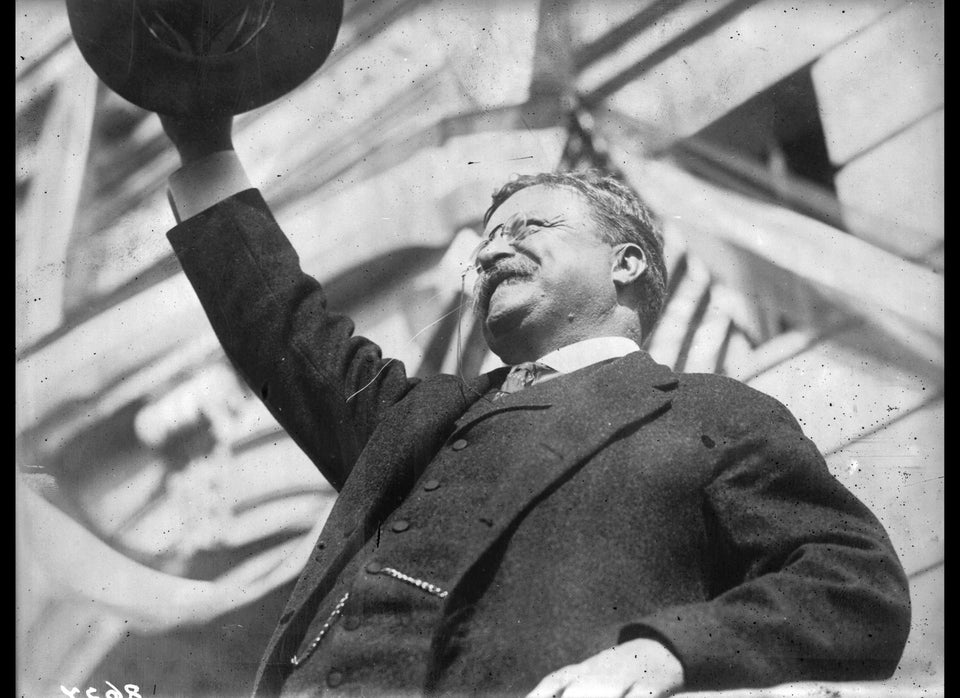The latest tweak to the Obamacare deadline came in handy Monday when HealthCare.gov buckled during the rush by millions to sign up for health insurance by the original midnight cutoff.
Americans seeking to obtain health coverage at the last minute, and avoid tax penalties for remaining uninsured, flooded exchange websites and telephone lines Monday, with a record 3 million visits to Healthcare.gov and 1 million phone calls as of 8 p.m., according to the Department of Health and Human Services.
Federal officials said last week that people who couldn't enroll because of problems with HealthCare.gov would have more time to sign up. Some state-run health insurance exchanges offered similar flexibility for people who started applications prior to the March 31 deadline.
"There will be an opportunity for those who have initiated the process but aren’t able to finish it by midnight tonight to ensure that they get signed up for health insurance," White House press secretary Jay Carney said Monday. "If they start, they’ll be able to finish."
The intense interest in getting covered before the midnight deadline exposed the vulnerability of HealthCare.gov and exchange websites like Covered California and Maryland Health Connection throughout the day. HealthCare.gov went down early Monday, its account-creation system failed during the afternoon and a "virtual waiting room" deployed several times when users stretched the website's capacity.
Although the President Barack Obama's administration and authorities in states such as California and Connecticut didn't technically extend the deadline for the end of the six-month sign-up period for private insurance via the exchanges, would-be enrollees snarled by technical problems can continue to enroll over the coming weeks, the administration said Wednesday.
Glitches on Monday were a far cry from the disaster that occured from when HealthCare.gov launched Oct. 1 through late November, and multiple readers told The Huffington Post that they'd successfully signed up. Others, however, were left without the coverage they sought.
Kelly O'Donnell, 35, of Greensboro, N.C., has been struggling to get an application filed for nearly a week and had no more luck Monday than before. When O'Donnell visited HealthCare.gov Monday, she was greeted by the virtual waiting room and opted to enter her email address to get notified when the website was ready to take on more users. But when the message arrived, the website still didn't work.
"I have used three different browsers and every time I am able to login but it takes me to a blank page," O'Donnell wrote in an email to HuffPost. Initially, O'Donnell worried she'd be subject to tax penalties for violating the Affordable Care Act's individual mandate that most Americans obtain health coverage, but now will give it another shot after the deadline.
"We're trying to start a family this year, so I definitely need health insurance," O'Donnell said by telephone.
The Obama administration hasn't said when the "special enrollment period" will end for people in the 36 states using the federal health insurance exchanges. State-run exchange policies vary and the extra time will extend as late as April 30 in Oregon. Health insurance exchanges like New York State of Health, Vermont Health Connect, Maryland Health Connection, AccessHealth CT in Connecticut, and Covered California took to social media to promote the extra time for those who couldn't complete their applications by midnight.
In spite of the problems, others reported the website and enrollment process functioned smoothly.
Oklahoma City resident Louis Dollarhide, 62, spent 45 minutes on HealthCare.gov Monday morning and encountered no difficulties, he told HuffPost in a telephone interview. "It just clicks right through. I thought it was very straightforward, and I'm not a tech geek at all," he said.
Dollarhide has been uninsured since his previous employer closed four years ago. Now self-employed, he has been unable to afford new coverage because he has a condition called hereditary hemochromatosis that causes high levels of iron in the blood. "It's very easy to manage but it freaks these insurance companies out."
"I had a pre-existing condition, and so when I would get quotes for insurance, it was just astronomical. And I've always been in good health, even though I have this strange deal. It never causes any problems," Dollarhide said. An insurer once quoted him a $800 monthly premium, which was more than he could pay, he said. Health insurance companies can neither turn down people with pre-existing conditions nor charge them higher rates than healthy people under the Affordable Care Act.
Using HealthCare.gov, Dollarhide signed up for a "silver" plan, the second-lowest level of coverage available on the exchanges, for $289 a month, including tax credits that reduced his costs. Asked why he waited until the last day of the enrollment period to shop, Dollarhide replied: "Laziness and procrastination."

